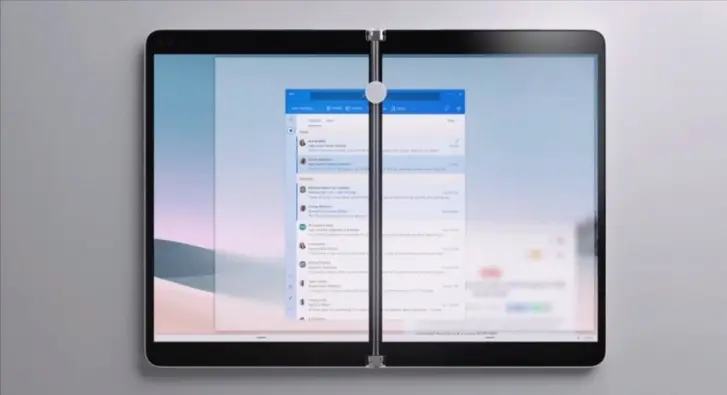Under the guidance of CEO Pat Gelsinger, Intel, a pivotal force in the PC revolution, is undergoing a transformative journey in the rapidly evolving tech landscape. Gelsinger’s recent statements have ignited discussions on three pivotal areas: the rise of AI-powered PCs, the fluctuating trajectory of the company’s stock performance, and its steadfast commitment to regaining supremacy in chip manufacturing. This article delves into Intel’s forward-looking strategy, examining each element closely.
Intel at the Forefront of AI: CEO Gelsinger’s Vision
At the “AI Everywhere” event, Gelsinger emphatically endorsed AI as the future of computing. He introduced an array of processors and technologies tailor-made for AI workloads. Key among these are the Ponte Vecchio server chips, celebrated for their machine learning capabilities, and the Alder Lake-S processors, designed specifically for AI-centric personal computers.
Opinions on these AI-focused PCs are mixed among analysts. Some view them as game-changers, enabling complex AI tasks like video editing and scientific simulations on desktops. Others, however, express concerns about high costs and potential software limitations. Nevertheless, Intel’s significant investment in R&D signals its conviction that AI PCs will eventually become mainstream.

Intel’s Stock Performance: Challenges and Optimism
Intel’s stock has experienced volatility amid supply chain disruptions and intense competition, notably from AMD. Gelsinger recognizes these challenges but remains optimistic. He points to advancements in chip manufacturing, new product introductions, and cost-cutting measures as reasons for investor optimism.
Analysts adopt a cautiously optimistic stance. They recognize Intel’s hurdles but also see potential for a turnaround. Some believe the worst is behind Intel and anticipate a resurgence, while others recommend a “wait-and-see” approach. Intel’s future stock performance hinges on the execution of its ambitious plans.
Regaining Chip Manufacturing Dominance: Gelsinger’s Top Priority
A critical focus for Gelsinger is reestablishing Intel’s leadership in chip manufacturing, an area where it has recently lagged behind competitors like TSMC. Gelsinger has committed to massive investments in new chip fabrication facilities, both domestically and internationally.
These investments are strategic necessities in light of the global chip shortage. By enhancing its fabrication capabilities, Intel aims to lessen its dependence on third-party manufacturers and ensure a steady chip supply for its customers.
The outcome of Intel’s manufacturing revival will significantly influence its future trajectory. Successful implementation would not only reaffirm Intel’s technological expertise but also position it as a formidable competitor in the foundry market. However, challenges abound, and Intel’s ability to regain its manufacturing prowess is still uncertain.
Intel at a Crossroads
Intel stands at a pivotal moment in its history. Faced with multiple challenges, the company is poised for potential resurgence. Gelsinger’s unwavering focus on AI, efforts to improve stock performance, and relentless pursuit of manufacturing excellence signal Intel’s determination to reassert its status in the tech hierarchy.
The eventual outcome of this endeavor remains veiled in uncertainty. Nonetheless, one thing is clear: Intel’s narrative is far from concluded, and its next chapters will be closely monitored by investors, analysts, and the tech community at large.





